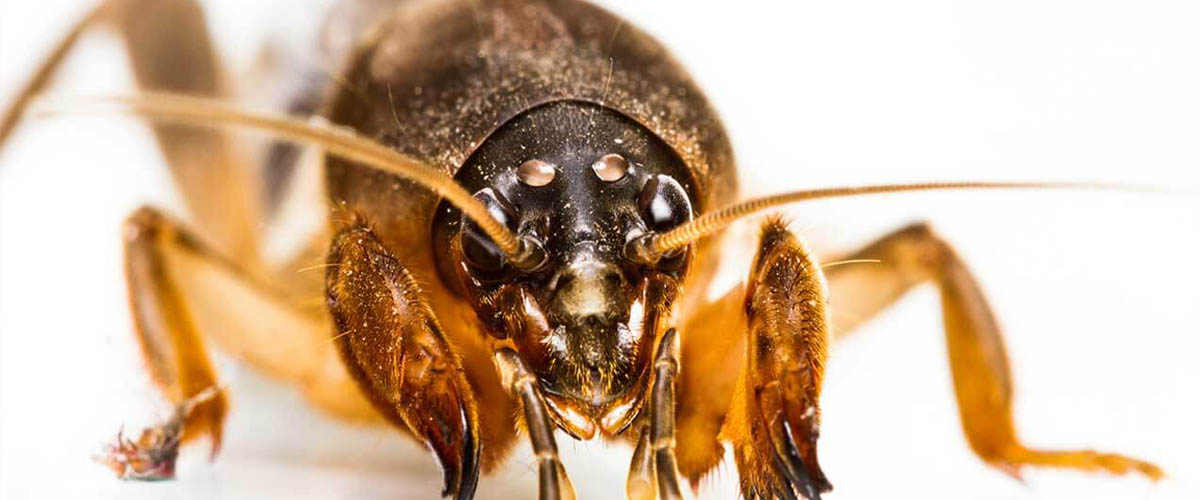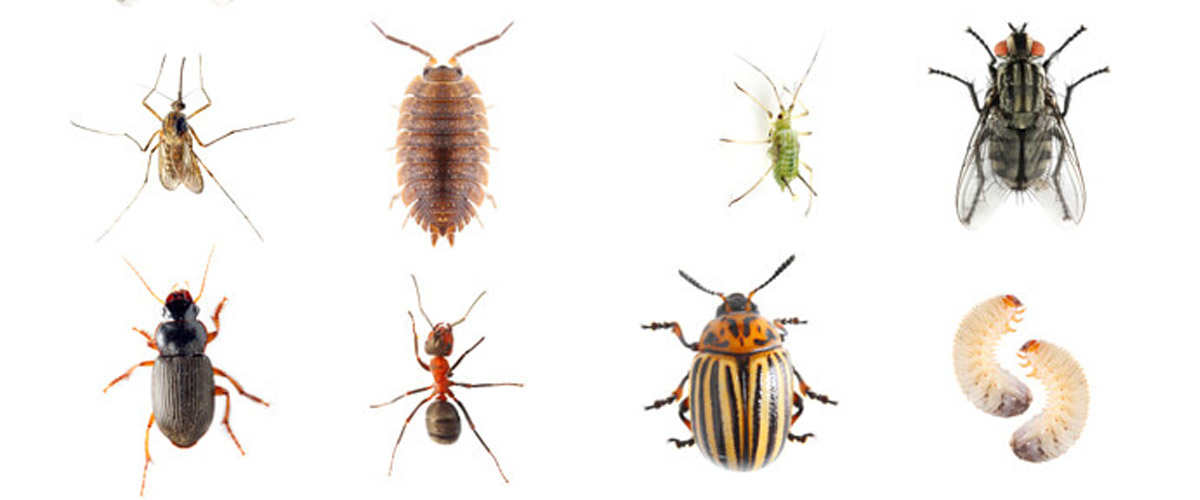Get to Know Your Backyard Ticks
The beginning of spring marks the onset of tick season. April through October is the season when most ticks feed, with the exception of blacklegged ticks which can feed year-round. Anyone who spends time outdoors should understand that these tiny pests are not only a nuisance, but can pose a significant health risk when they bite. To protect yourself, your family and pets from tick-borne illness, there are a few things you should know.
WHAT TICKS ARE COMMON TO YOUR AREA?
The most common ticks in the United States include:
- American Dog Ticks (Dermacentor variabilis, also called wood ticks). Found across the U.S. east of the Rocky Mountains, American dog ticks also have a limited presence on the Pacific coast. In spring and summer, they are at home in open grassy areas or scrubland, and along trails and walkways. Females can be identified by their dark brown bodies and a pale or off-white scutum, the shield-like scale on the body just behind the head. Males are dark brown with a faint outline around the scutum. American dog ticks transmit the pathogen that causes tularemia and Rocky Mountain spotted fever.
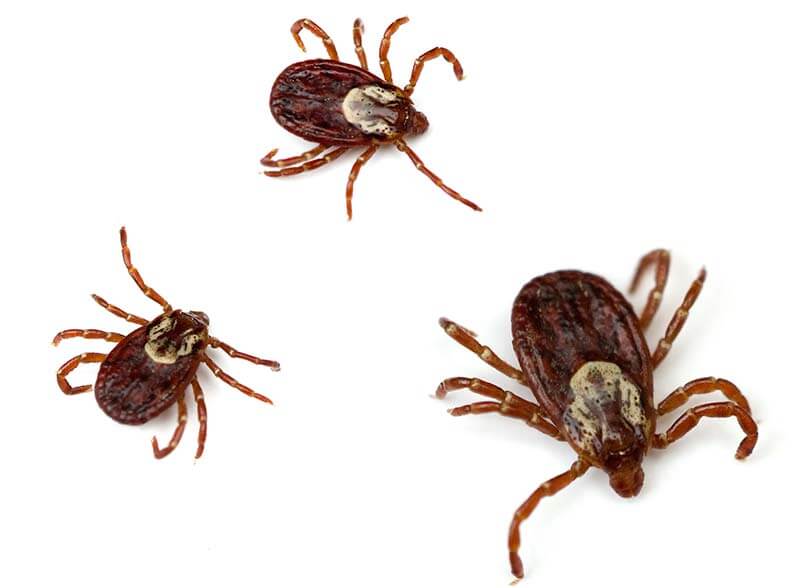
- Blacklegged Ticks (Ixodes scapularis, also called deer ticks). Blacklegged ticks live nearly everywhere in the United States, east of the Mississippi. They reside primarily in deciduous forests. There, the adults are active fall through spring, as long as temperatures are above freezing. Females are easily identified by their orange-red bodies and dark scutum. Males are entirely dark brown. Blacklegged ticks may carry the organisms that cause Lyme disease and anaplasmosis, the protozoa that causes babesiosis and the Powassan virus.
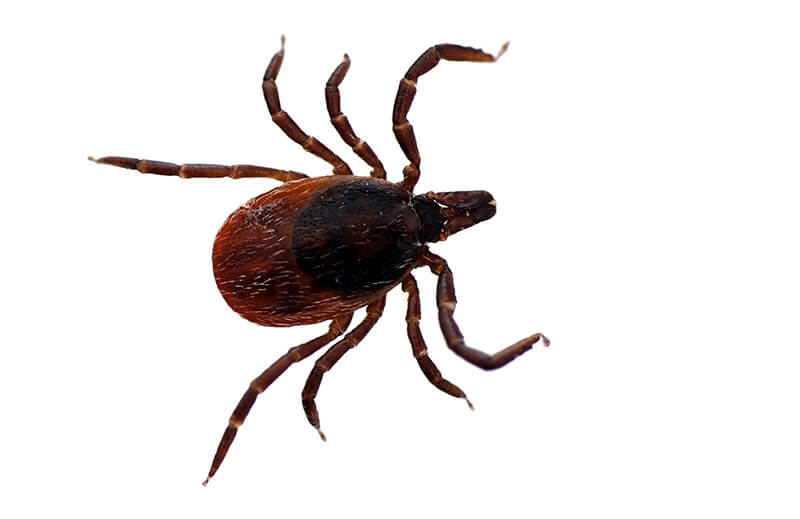
- Brown Dog Ticks (Rhipicephalus sanguineus). Found throughout the contiguous United States, brown dog ticks are at home around human settlements, and may spend their entire life cycles indoors. They can cause major infestations in homes, kennels and barns, and can be pests at any time of year. Both male and female are solid medium-brown in color. Though not a common threat to humans, in limited cases brown dog ticks may transmit the bacterium that causes Rocky Mountain spotted fever.
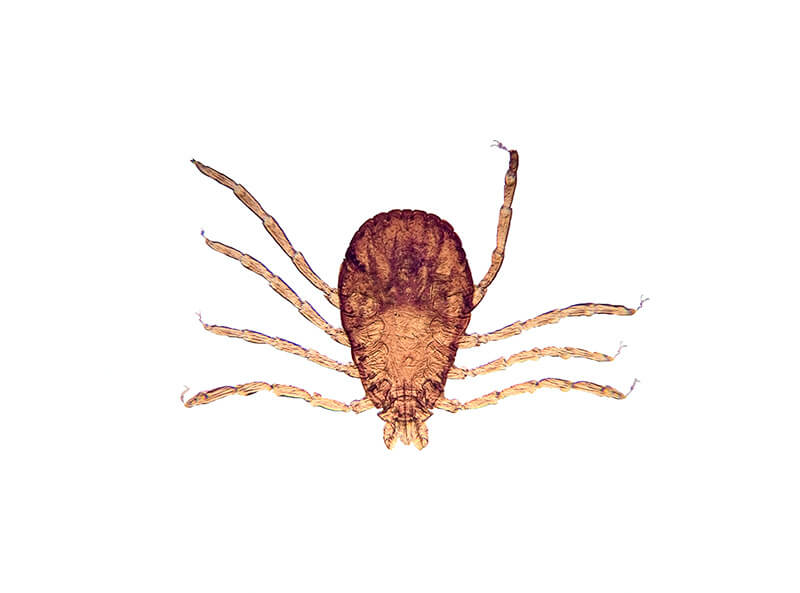
- Lonestar Ticks (Amblyomma americanum). Found anywhere from coastal Maine to central Nebraska, south to the Rio Grande and the Gulf of Mexico, Lonestar ticks are fond of summer and are at home in shaded grassy areas or on low-lying branches and twigs. Females are easily recognized by a single white dot on their red-brown bodies, while males have red-brown bodies with dark splotches or streaks. Lonestar ticks are aggressive and transmit the pathogens that cause tularemia, Southern Tick Associated Rash Illness (STARI), and the bacteria that cause ehrlichiosis.1
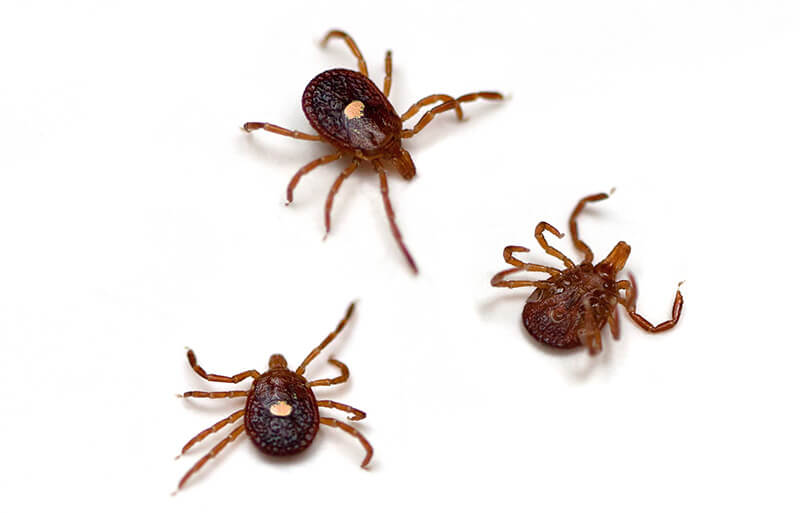
WHAT DISEASES ARE SPREAD BY TICKS?
The Centers for Disease Control and Prevention (CDC) lists sixteen different tick-borne diseases that occur in the United States.2 Tick-borne diseases can result in mild symptoms treatable at home to severe infections requiring hospitalization. Although easily treated with antibiotics, these diseases can be difficult for physicians to diagnose. Early recognition and treatment decreases the risk of serious complications.3 Following is a list of seven fairly common tick-borne illnesses, their incubation periods and symptoms.
- Lyme Disease. Within three to 30 days of a tick bite, a victim will experience a red, round or oval “target" rash, muscle or joint pain, fever and fatigue.
- Rocky Mountain Spotted Fever. Within two to 14 days of a tick bite, a victim will experience fever, followed two to five days later by a rash and possible blackened or crusted skin at the bite site, headache, muscle ache, nausea and vomiting, and a rash on palms and soles.
- Anaplasmosis. Within one to two weeks of a tick bite, a victim will experience fever, headache, chills, muscle aches, nausea and, although rare, a rash.
- Babesiosis. Infections may not be accompanied by symptoms, or symptoms may develop within a few days, weeks or months of a bite. Symptoms are flu-like in nature. Because babesiosis is an infection of red blood cells, it can cause hemolytic anemia — a breakdown of red blood cells causing pallid skin, weakness and shortness of breath — which may become life threatening.
- Ehrlichiosis. Typically within one to two weeks of a tick bite, a victim will experience fever, headache, chills, malaise, muscle pain, nausea, vomiting, diarrhea, confusion, red eyes and a rash (more common in children than adults).
- Tularemia. This is a bacterial infection normally characterized by an ulcer at the site of the tick bite and swelling of lymph glands (normally in the armpit and groin area). If left untreated, it can become pneumonic (cough, chest pain, difficulty breathing) which may be deadly.
- Powassan Disease. Between one week and one month of exposure, fever, headache, vomiting, weakness, confusion, loss of coordination, speech difficulties, or seizures may develop. Inflammation of the membranes around the brain and spinal cord (meningitis) or of the brain itself (encephalitis) may result from a Powassan infection of the central nervous system.
The most important step in preventing tick-borne disease is to prevent tick bites. Always use bug repellent when heading into tick country. DEET, the same active ingredient in bug repellents that protect against mosquitoes, is also the best to use against ticks. Use it according to label directions. For pets, each species has its own unique needs, so you should consult your vet for the best advice.
HOW TO CHECK FOR TICKS
After spending time outdoors, always perform a tick-check. Pay close attention to areas near the openings in clothes, and if needed, get a helper to check hard-to-reach areas, such as your back and entire scalp. Also, thoroughly examine pets, especially around the head and underparts. If a tick is discovered, kill it and dispose of it immediately.
HOW TO REMOVE AN EMBEDDED TICK
If an embedded tick is discovered, use a pair of sharp tweezers to grasp it as close to the head as possible. Use steady, firm pressure to pull it out as you would a splinter. This method will remove the tick quickly, minimizing the flow of contaminated fluids from the body of the tick into the person or pet. Quick removal, even of an embedded tick, also helps to significantly reduce the likelihood of infection.
HOW TO TREAT YOUR YARD
Treat your lawn and landscape against ticks to reduce the need for bug spray applications on your body. Use Amdro Quick Kill Lawn Insect Killer Granules at two-month intervals throughout the tick season. Ten pounds treats up to 8,300 square feet. For ornamental beds and natural areas, use Amdro Quick Kill Outdoor Insect Killer RTS (ready-to-spray) or Amdro Quick Kill Outdoor Insect Killer Concentrate for control of blacklegged and brown dog ticks.
Additional ways to reduce the presence of ticks in your landscape include keeping the landscape free of tall grass and overgrown shrubs, mowing the lawn regularly, and cleaning up leaf litter to minimize tick habitats. Placing a three-foot border of wood chips or gravel between lawns and natural areas forms a difficult barrier for ticks to crawl across. Another helpful strategy is to place bird feeders, birdbaths and bird houses to invite tick predators into the landscape.
ENJOY THE OUTDOORS
Minimize your exposure to ticks with repellent and yard treatments, and check for "hitch-hikers" as soon as you come indoors. Always identify the ticks you find, just in case symptoms arise later, and then dispose of them. By taking just a few reasonable precautions, you can enjoy your lawn and garden worry-free.
Amdro Quick Kill is a registered trademark of Central Garden & Pet Company
Sources:
1. "Tick Identification," University of Rhode Island, 2016
2. "Tickborne Diseases of the United States, " Centers for Disease Control and Prevention, February 8, 2016
3. "Symptoms of Tickborne Illness," Centers for Disease Control and Prevention, June 1, 2015


